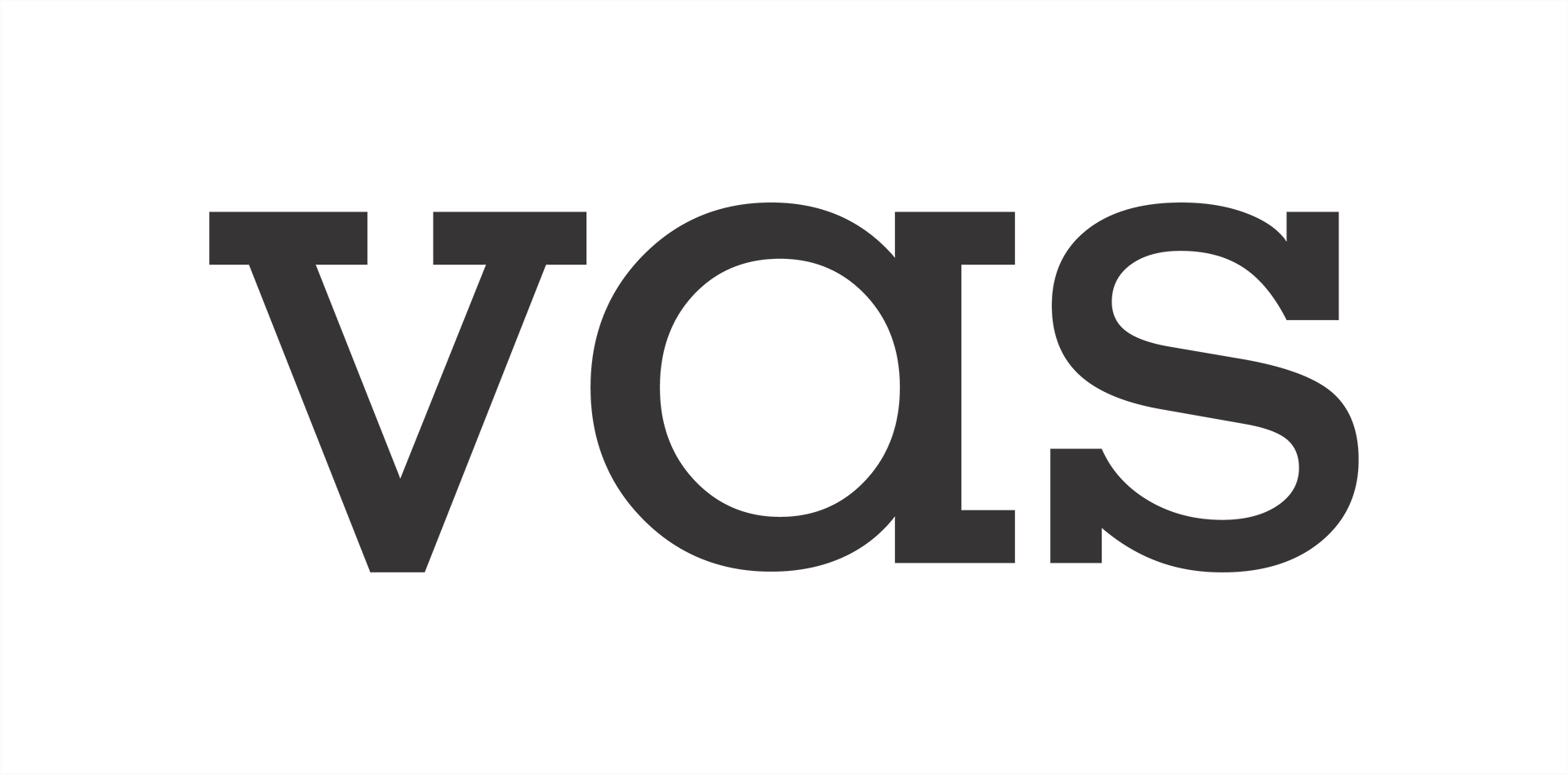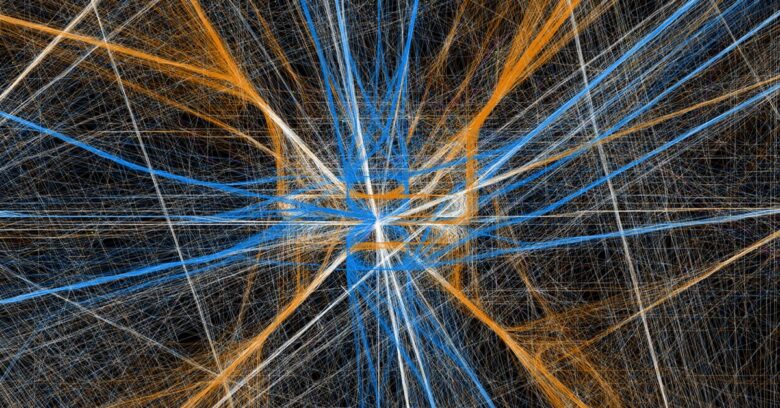Art is now taking new turns. In the metamorphosis of art, new characters and catalysts are emerging into the play where the individual medium and artists are gradually becoming insignificant than before. Like artificial intelligence in technology, art itself is turning into an independent catalyst of this transformation, and is somewhat working independently off the artists! Specialised formats of art which result in single pieces hanging on one person’s wall are rendering themselves irrelevant. They are now being replaced by a thriving proliferation of mediums with infinite combinations and possibilities. It’s a time when each work is a new experiment, a new format and possibly a completely new style. It’s a turning point of embracing new dimensions of diversity and experiments, and perhaps most exciting time to be an artist!

Technology is having a huge impact in these accelerating changes. We have seen data as art, where parts of the works are done by a machine-intelligence and parts by a human. Self-assembling, self-generating objects, forms, patterns and fractals are not new concepts anymore. Blurring these lines between an artist’s planned moves, and the uncertainty of randomness of nature, mathematics, quantum superpositions or AI, is the new reality. Also the concept of collaborative works has gone to a new level, where an entire symphony is composed by random people, or design of a house is crowd-sourced by dozens of architects together. Even simple everyday objects, cellphone photographs and videos are edited, tied and taped to make remarkable works of art! Then there are these blurring lines between performing, visual and experiential arts. A dance choreography, for example, is more than dance nowadays; it is a designed experience. One notices similar things in theater and film.
Art, now more than ever, is everything, and for everyone. Ai Weiwei famously wrote “Everything is art. Everything is politics.” The critical word here is “everything”! To elaborate, Weiwei said: “My definition of art has always been the same. It is about freedom of expression, a new way of communication. It is never about exhibiting in museums or about hanging it on the wall. Art should live in the heart of the people. Ordinary people should have the same ability to understand art as anybody else. I don’t think art is elite or mysterious. I don’t think anybody can separate art from politics. The intention to separate art from politics is itself a very political intention.” Everything is influencing and shaping one another in this hyper-connected world. As Juhani Pallasmaa said in one of his lectures at Bengal Institute, “Every book that you read, you are a co-author because otherwise it’s just a book and printed letters.” The way readers join hands in creating the meaning of a book, the spectators become artists too! The spectators’ experiences, feelings, understandings and definitions are a part of every artwork.
There is no way to look into art, architecture, literature, politics or even technology and science separately anymore. The quicker we learn to embrace them together as integral parts of each other, the more we will prepare ourselves for the future.
Featured image: Art—generated from data, Aaron Koblin/TED

